News
Alpine retreat a beautiful natural canvas
Posted 29 07 2019
in News
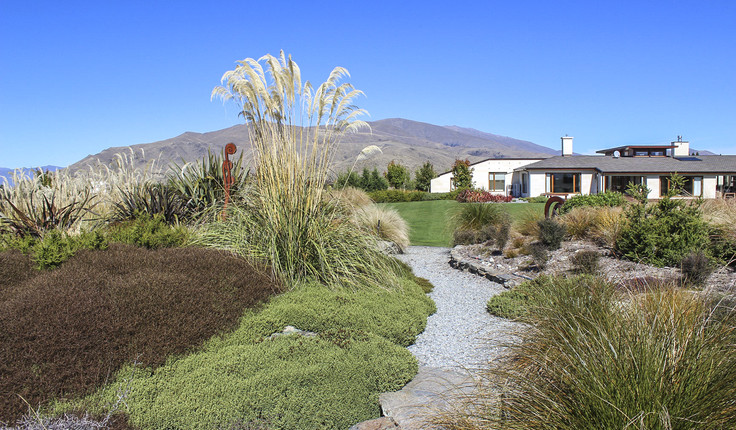
Chis Glasson
The alpine retreat of Twizel, in New Zealand’s South Island, is renowned for its breathtaking natural beauty - turquoise lakes, whiter than white snow and golden grass. So, Chris Glasson, from Glasson Huxtable Landscape Architects, knew his design for a four hectare domestic garden across the road from Lake Ruataniwha, had to link seamlessly to its surrounds and enhance what nature had already provided.
“The intention was to use the vegetation of the area but create the spaces and linkages to give our clients interest in the garden,” Glasson told Landscape Architecture Aotearoa. “You have got a wonderful viewing area looking out to the Southern Alps near Mt Cook, and you want to encapsulate these views as part of the landscape.”
But with the view comes the bitter south west winds, so providing shelter from them was a key consideration in the design. And the other fundamental issue was the porous soil. Fortunately, through his work at Mt Cook National Park, Glasson was familiar with working in an alpine environment, and knew which plants would thrive.
“Twizel was well treated by the Ministry of Works about fifty years ago, with lots of trees, so I took my cue from what already does well there - trees like maples, box elder, paper and Himalayan birch.
“You want to plant mainly natives, but the clients still wanted some exotics to give seasonal colour, like Cappadocian, Trident and Norway maples. You also need conifers like pines and cedars to give definition and shelter the site. Conifers and poplars are the main trees through the MacKenzie Basin.”
At ground level Glasson used native shrubs like snow and red tussocks, sedge, wind grass, hebe, flax, cottonwood, coprosma and mountain lacebark. Ground covers included were snow totara, mountain and cushion daisy and parahebe. Other elements in the design include rock walls to separate the lawns from the garden areas, large rocks and ponds to form interest in the gardens as you are walking around them, and gravel paths with sculptures.
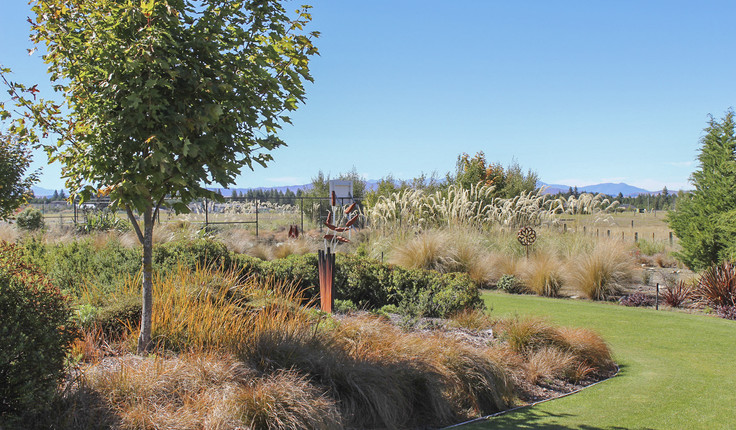
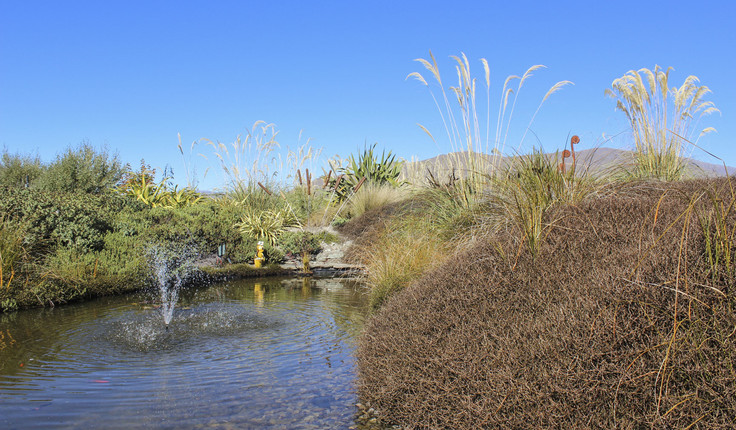
The garden, says Glasson, is a series of connections with volumes and voids, and you go through these connections down to the tennis court, or through to another part of the garden where the pond is - an area where you can sit and contemplate the view.
Entry to the property is via a driveway which winds in a sinuous manner to the house. However, you don’t see everything at first glance when you enter the gate. “You want to have this element of surprise to create a sense of arrival.”
A good design, says Glasson, connects a building to the garden. The house is made of Oamaru stone and timber so he’s continued some of those colours and materials into the exposed aggregate paving and gardens.
He says the garden is at its best in the summer time when the tussocks and alpine shrubs are flowering, and then in Autumn when the exotic trees colour up in those hues that part of the country is famed for.
Share
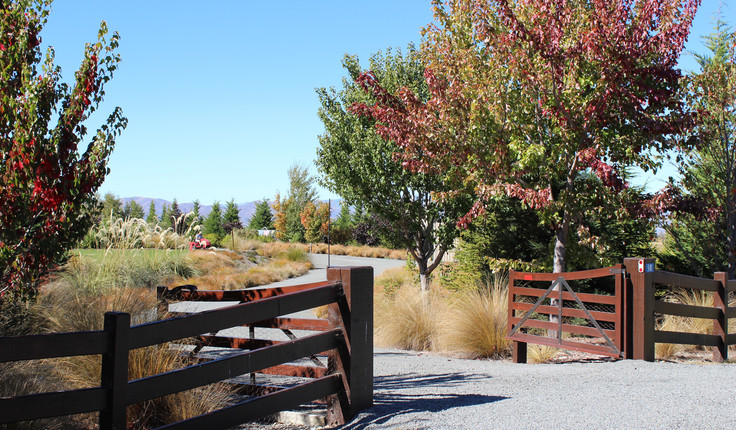
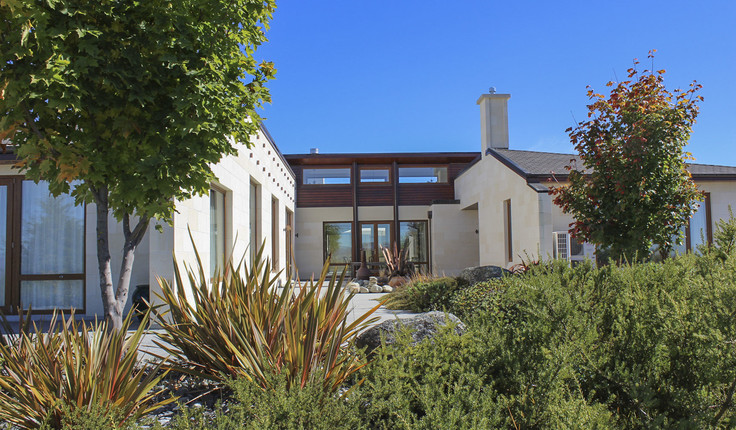
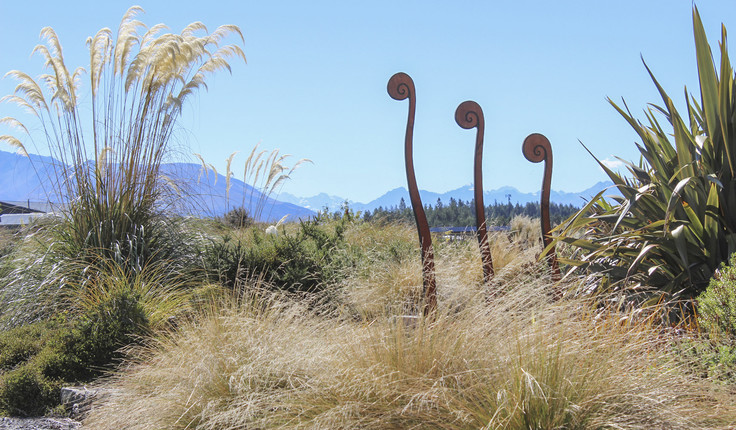
15 Jan
Call for EOIs: Group Mentor South Island

Get involved in the registration programme
We are looking for expressions of interest for a Group Mentor for the Southern cohort (South Island). The role's purpose …
12 Jan
Reminder: National Hui on RMA Reforms - Wellington, Tuesday 20 January

There is still time to confirm your attendance
Kia ora koutou, and welcome back to the new year. Before the break, the Environmental Legislation Working Group shared updates …
12 Jan
Reminder: log your CPD points

Certificates coming soon
A reminder to all Registered members - please log your CPD points for last year on your CPD dashboard on …
Events calendar
Full 2026 calendar